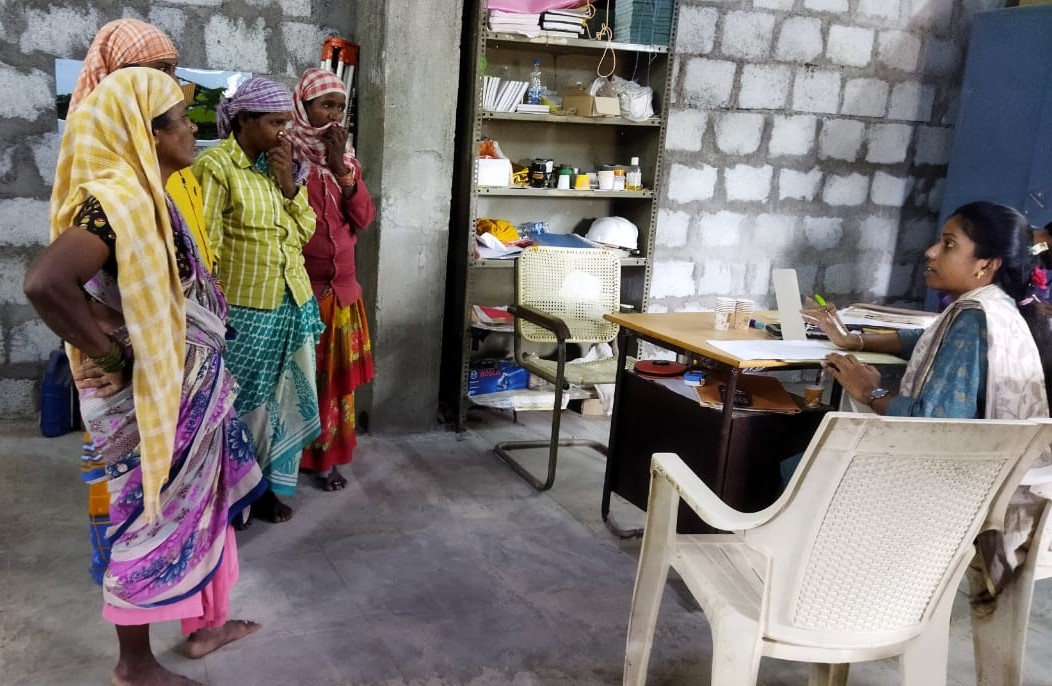
Gentle Neutral Rape Laws: A Steps Towards Equality
Gentle Neutral Rape Laws: A Steps Towards Equality
- Anjitha Santhosh, Jamia Milia Islamia
Gender-neutral law means legislation that treats all people equally without giving preferential treatment to a specific gender. The laws related to sexual violence in India are mostly Women-centric to curb the unequal treatment and atrocities faced by them. These laws overlook the plight of man and people belonging to the transgender community. Gender-specific laws in India include stalking, voyeurism, and sexual harassment. Acid attack under Indian law is an example of gender-neutral law. Countries that have gender neutralized rape laws are the USA, UK, Canada, Philippines, Finland, Ireland, and Australia. Some of the countries recognize both men and women as perpetrators and victims.
Rape law under Indian law
According to Section 375 of the Indian Penal Code, Rape is an offence committed by a man towards a woman. It is based on the principle that a perpetrator is always a man and the victim, woman. Rape is just not an act to fulfill the sexual desires of the perpetrator, but is also an act done to show superiority/dominance over another person. It causes harm not merely for the victim but also for society in general.
Men and transgender can also fall victim to sexual violence. Women suffer a lot due to patriarchy but it also affects men equally and in a unique way as they are expected to be stereotypically masculine.
Transgenders are also excluded from the definition of rape. They have been neglected, abused and discriminated for decades. They face sexual violence, threats of acid attack, disfigurations and other forms of physical violence. According to a survey conducted by PUCL Karnataka, it was observed that people of the transgender community face rampant sexual assaults.
There have been a lot of reforms in rape law since 1980.
The Criminal Law (Amendment) Act of 1983 was amended to provide for in-camera rape trials and prohibited the disclosure of the identity of rape victims. The Indian Evidence (Amendment) Act, 2002 prohibited the defence from putting questions in cross-examination of the prosecutrix about her general moral character and sexual history. The 172nd law commission suggested that rape laws must be gender-neutral for both the victim as well as the offender. The J.S.Verma committee suggested gender-neutral rape law and acknowledged that sexual assault against men, as well as transgender, homosexual and transsexual is a reality.
Before the Criminal law Amendment Act, 2013 rape under section 375 was only restricted to penile-vaginal penetration. This amendment broadened the definition of rape and included oral, anal and insertion of any object into the vagina, urethra and anus of the woman as well. Still, rape law has not been gender neutralized.
The question of whether women can commit gang rape was dealt with in the case of Priya Patel v. State of Madhya Pradesh. The court found it impossible to found inconceivable to consider that a female can rape another female because there is no penile-vaginal intercourse.
In the case of Sudhesh Jhaku v. K.C. Jhaku, the court held that sexually assaulted men should be given the same protection as given to female victims.
Arguments against Gender Neutral Rape laws
One of the key argument against gender-neutral rape is that it is physically and biologically impossible for a woman to commit rape. This argument is based on the notion that man is stronger than a woman and thus cannot be subjugated to rape.
It is believed that gender neutralizing rape law will increase the already powerful male community and will also increase women’s vulnerability.
Male rape is rarely reported. The statistics on rape on men and transgender is negligible when compared to women rape victims which are much larger. Thus, due to less reporting, there is not much awareness about the existence of rape against men and people of the transgender community.
The need for Gender Neutral rape laws
International Law deems rape as a Gender-neutral crime, recognizing that the sexual violence in wars and areas of conflict is not limited to women. The International Criminal Tribunal for Rwanda used the phrase ‘physical invasion of sexual nature’ for rape; although ruled that rape had no specific definition. In Furundzija, the International Criminal Tribunal for Former Yugoslavia, Rape is deemed as a crime under the common Article III of the Geneva Convention as outrages upon personal dignity. The definition of rape was constructed by identification of elements: Sexual penetration, to mouth, vagina, or anus, by penis of the perpetrator or any other object, with a threat of force or coercion towards the victim or any such third person.
It is a known reality that there is no room for adult male victims under Indian laws. There is a growing need to pass gender-neutral legislation. There have been various instances of women being raped but the fact is that it happens to men and transgender as well. According to a victim survey of British and American males, 3-8% of males have reported at least one incidence of sexual assaults in their lifetime with at least 5-10% of all rape victims being male offenders, an estimated 6-15% involve female perpetrators. A survey conducted by the Centre for Disease Control and Prevention observed that, out of 43.8% of lesbians who reported sexual assault, 67% reported women as perpetrators.
Fundamental Rights are enshrined under Part III of the Indian Constitution. Article 14 provides equality before the law and equal protection of the law. Article 15 prohibits discrimination on the grounds of sex. Though article 15(3) of the constitution does allow the state government to make provisions for the upliftment of man it does not prevent the government from making laws to protect the interests of other sections. Even though rape on men and people of the transgender community are less frequent, they cannot be denied their right to equality. The law that does the unreasonable classification of certain sections of society is against the basic structure of the Indian constitution.
There have been many views that gender neutrality is anti-women. It has also been described as ‘backlash against feminism’. But recognition of other gender victimization does not in any way undermine female rape. The social stigma women victims face is an undenied reality but this is not a reason to deny protection to the male victims. Rape also violates basic human rights like the right to life and personal liberty. The traditional notion related to this offence is that it affects only females and is against the human rights of men.
Conclusion
To establish gender-neutral laws in India the definition of victim and perpetrator should not be gender-specific. The law should not overlook the plight of other genders when making provisions to protect the marginalized sections of the community. Laws should be rational so that the weaker sections are protected but, it should also not cause harm or neglect the other sections that are equally susceptible to the same harm and offences.
REFERENCES:-
1.Shweta Kabra, Gender Neutral Laws: How Needful in India,available at: http://docs.manupatra.in/newsline/articles/Upload/3FE150D0-E784-49BD-8328-4134C0E87955.pdf.
2.Sonakshi Awasthi, Is India ready for gender-neutral laws, available at:https://indianexpress.com/article/india/is-india-ready-for-gender-neutral-laws-4895122/#:~:text=What%20do%20gender-neutral%20laws,language%20of%20law%20gender%20neutral.
3.Arjit Mishra, Gender Neutral Rape Laws: Need of the Hour, available at:https://criminallawstudiesnluj.wordpress.com/2020/05/01/gender-neutral-rape-laws-need-of-the-hour/.
4.Sakshi Jain, Need for Gender Neutral Rape Laws, Pen Acclaims Volume 7, November 2019.












